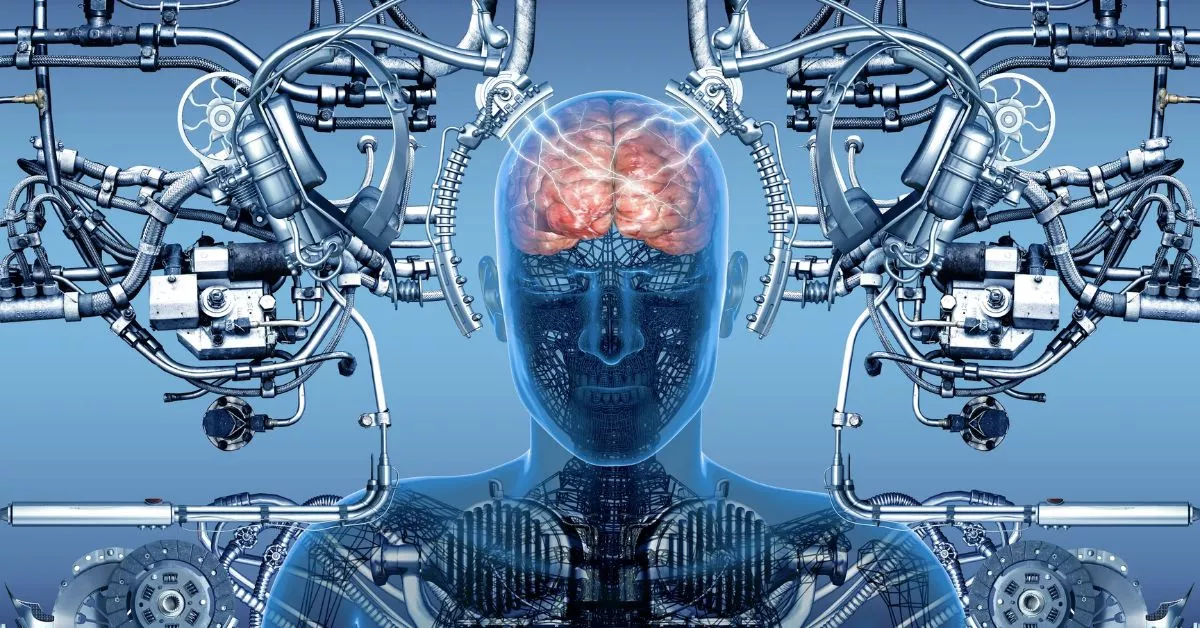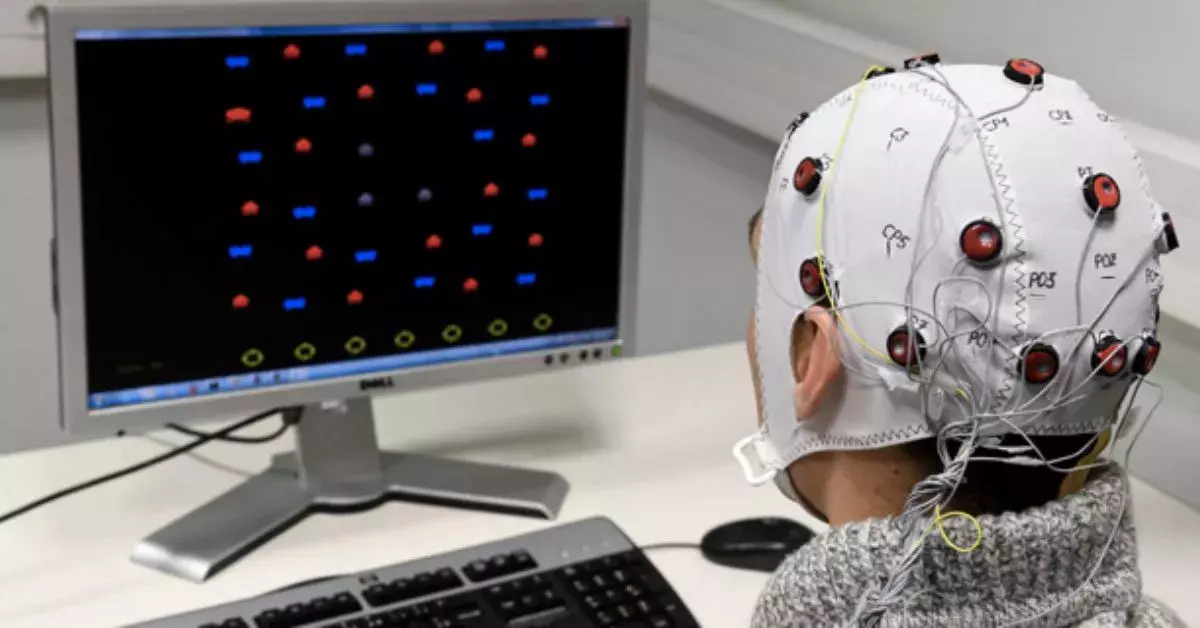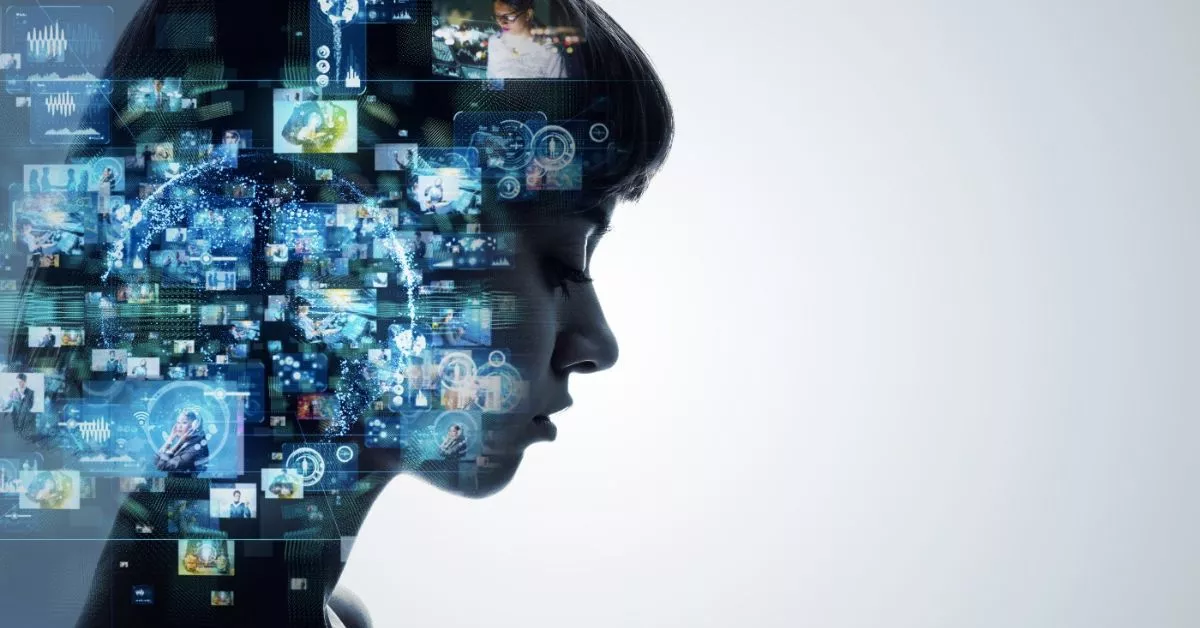In recent years, the field of neuroscience and technology has witnessed a groundbreaking advancement: brain-reading technology. This innovation, once relegated to the realms of science fiction, is now becoming a reality, ushering in a new era of possibilities and challenges.
In this article, we will delve into the fascinating world of brain-reading technology, exploring its origins, applications, ethical considerations, and the future it promises.

Understanding Brain-Reading Technology
Brain-reading technology, also known as brain-computer interface (BCI), involves the direct communication between the human brain and external devices. This technology interprets neural signals into actionable commands, allowing individuals to control computers, prosthetics, or other devices using their thoughts. The development of BCIs has opened doors to a myriad of applications, from medical breakthroughs to enhancing human-machine interactions.
Applications of Brain-Reading Technology
Medical Advances:
Brain-reading technology has transformative potential in the medical field. It enables paralyzed individuals to regain mobility through brain-controlled prosthetics. Moreover, it aids in restoring speech and communication abilities for patients with neurological disorders or severe injuries.
Mental Health Treatments:
BCIs facilitate novel treatments for mental health conditions such as depression, anxiety, and PTSD. By understanding brain patterns, researchers can develop targeted interventions, offering hope for more effective therapies.
Neurological Research:
Scientists leverage brain-reading technology to study the intricacies of the human brain. This technology provides insights into brain functioning, aiding research on neurodegenerative diseases, brain injuries, and cognitive processes.
Enhanced Human-Computer Interaction:
BCIs enhance the way humans interact with computers and technology. From controlling video games to typing messages, these interfaces offer a seamless experience, particularly for individuals with physical disabilities.
Ethical Considerations
The rise of brain-reading technology raises ethical concerns that necessitate careful consideration:
Privacy and Security:
BCIs process sensitive neural data, raising concerns about privacy breaches and data security. Safeguarding this information is crucial to protect individuals’ privacy rights.
Informed Consent:
Ethical use of brain-reading technology requires informed consent from users. Clear communication about the risks, benefits, and potential outcomes is essential to ensure individuals understand the implications of using BCIs.
Identity and Autonomy:
BCIs may blur the lines between individual identity and external control. Ethical guidelines must protect users’ autonomy, ensuring they have control over their thoughts and decisions.
The Future of Brain-Reading Technology
As research in neuroscience and technology continues to advance, the future of brain-reading technology holds exciting possibilities:
Medical Breakthroughs:
Brain-reading technology may lead to revolutionary medical treatments, including enhanced neural therapies, brain-controlled robotic surgeries, and improved treatments for neurodegenerative diseases.
Augmented Learning and Communication:
BCIs could revolutionize education and communication by enabling direct knowledge transfer and enhancing learning experiences. Moreover, it may facilitate instantaneous communication between individuals, transcending language barriers.
Human Enhancement:
The integration of BCIs with advanced technologies may enhance human capabilities, enabling individuals to augment their cognitive abilities, memory, and sensory perceptions.

Conclusion
The rise of brain-reading technology marks a significant milestone in the convergence of neuroscience and artificial intelligence. While it presents unparalleled opportunities for medical advancements, communication, and human enhancement, it also demands careful ethical considerations. As society navigates this transformative journey, it is essential to strike a balance between innovation and ethical responsibility, ensuring that the potential benefits of brain-reading technology are harnessed responsibly for the betterment of humanity.
